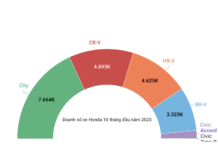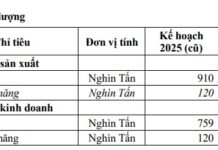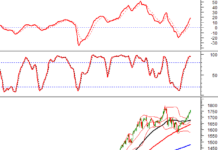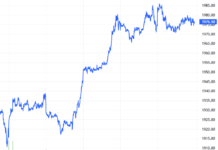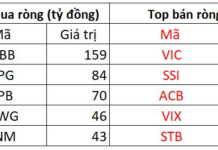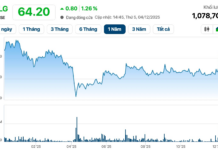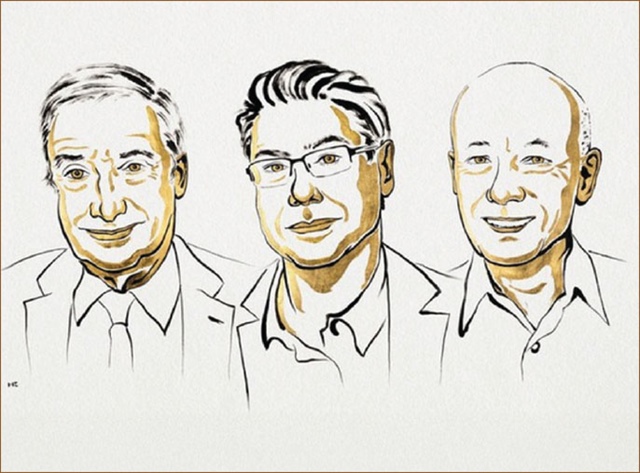 |
Joel Mokyr’s profound research on the role of “useful knowledge” and the Enlightenment era has been celebrated for its significant impact on technological innovation and Europe’s remarkable economic breakthrough. Meanwhile, Aghion and Howitt have modernized Joseph Schumpeter’s concept of “creative destruction,” elucidating how innovation not only drives productivity but also systematically replaces outdated elements.
In an era where data and algorithms are pivotal resources, this year’s Nobel Prize in Economics serves as both an academic honor and a critical reminder for competition laws to adapt to the digital economy.
From “Creative Destruction” to “Growth Through Innovation
In the early 20th century, Schumpeter described economic growth as a cycle of “creative destruction,” where each wave of innovation replaces the old order with a new one. Aghion and Howitt expanded this idea with their “growth through innovation” model, emphasizing competition as the catalyst for creativity. When a company innovates, it captures the market, but its success simultaneously inspires others to surpass it. This relentless cycle of innovation fosters long-term productivity. However, for this process to thrive, markets must ensure no entity can stifle new entrants—a challenge competition laws often fail to address.
|
Most global competition laws still rely on traditional criteria such as market share, pricing, or classic monopolistic behaviors like collusion and abuse of dominance. In the data-driven economy, however, power is maintained through more sophisticated mechanisms: platform control, vertical integration, algorithmic prioritization, or acquisitions of potential competitors. Regulators often intervene too late, after markets have been “locked in” by technology and data. |
Aghion and Howitt further developed the “step-by-step innovation” model, highlighting that companies typically advance toward the technological frontier through incremental improvements rather than leaps. Competitive pressure is a powerful motivator for innovation. However, if the technological gap is too wide or markets are dominated by a few giants, this motivation diminishes. In economies with excessive market concentration, innovation slows—not due to a lack of talent, but because incumbent firms lock out newcomers. Here, competition law must intervene to restore market creativity.
Aghion’s research reveals that competition influences innovation in a nuanced way: it’s not that more competition is always better (inverted U-shape). In weakly competitive markets, like traditional taxi services, companies innovate less due to a lack of pressure. Moderate competition, such as Uber’s entry forcing taxi companies to improve ride-hailing apps, sparks innovation. However, excessive competition, like price wars eroding profits, leaves firms unable to invest in new technologies. Thus, an optimal level of competition is essential to foster innovation. The challenge is that antitrust authorities often treat competition as an absolute goal, neglecting the optimal level needed to drive growth.
When Market Power Lies in Data and Algorithms
In the digital economy, competition becomes more complex. Market power stems not from capital or production scale, but from data, algorithms, and network effects. More users generate better data, improving products and attracting even more users—a self-reinforcing cycle. Companies like Google, Meta, Amazon, and Alibaba maintain dominance not through price manipulation but by controlling data flows and access standards. This “soft monopoly” is invisible in market share charts but powerful enough to deter new entrants. Traditional legal frameworks are ill-equipped to address this challenge. Philippe Aghion himself warns that stringent competition policies are needed to ensure today’s innovators don’t stifle tomorrow’s.
Most global competition laws still rely on traditional criteria such as market share, pricing, or classic monopolistic behaviors like collusion and abuse of dominance. In the data-driven economy, however, power is maintained through more sophisticated mechanisms: platform control, vertical integration, algorithmic prioritization, or acquisitions of potential competitors. Regulators often intervene too late, after markets have been “locked in” by technology and data. In the digital age, the most critical factor to monitor is not price but innovation capacity, as suggested by Aghion’s model.
Many tech mergers over the past two decades highlight the system’s flaws: Facebook’s acquisition of Instagram and Google’s purchase of YouTube were approved because regulators saw no “price monopoly risk.” Today, these deals have created nearly impenetrable market structures. Aghion calls this “innovation stifling”—when leading firms use financial power to eliminate potential threats. Competition fades not due to a lack of laws, but because laws are too slow and static.
Toward Dynamic Competition Law
The Schumpeterian approach suggests a new direction: dynamic competition law. Instead of merely protecting current consumers, it should safeguard future innovation. A dominant firm may temporarily lead through genuine innovation, but its position must not become a permanent privilege. Antitrust policies should ask: does a firm’s behavior reduce others’ innovation opportunities? If so, intervention is warranted. This requires regulators to move beyond current thinking, adopting a more flexible approach that considers digital-age factors like data, technology, algorithms, and platform access.
The 2025 Nobel Prize in Economics thus transcends academia, reminding us that competition is a means to nurture innovation, not an end. In the data era, where information is a “strategic asset,” governments cannot measure monopoly solely by price; they must assess innovation capacity, data access, and technological barriers. If competition law remains stuck in the past, it will fail to protect the future. Aghion and Howitt’s message is clear: for innovation to thrive, the law must embrace disruption.
Mai Nguyễn Dũng – Tô Kiến Lương (Faculty of Law, CELG, UEH)
– 13:00 19/10/2025
CEO MB Phạm Như Ánh: The Extraordinary Journey Fueled by Discipline and Breakthroughs
The journey to propel MB into the top 5 financial institutions is guided by a leadership philosophy that blends ‘iron discipline’ with an unwavering spirit of innovation and breakthrough. This ethos has been the compass for CEO Phạm Như Ánh through every challenge, fostering MB’s sustained growth and resilience.



